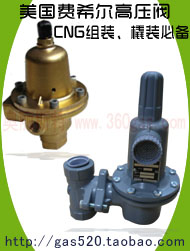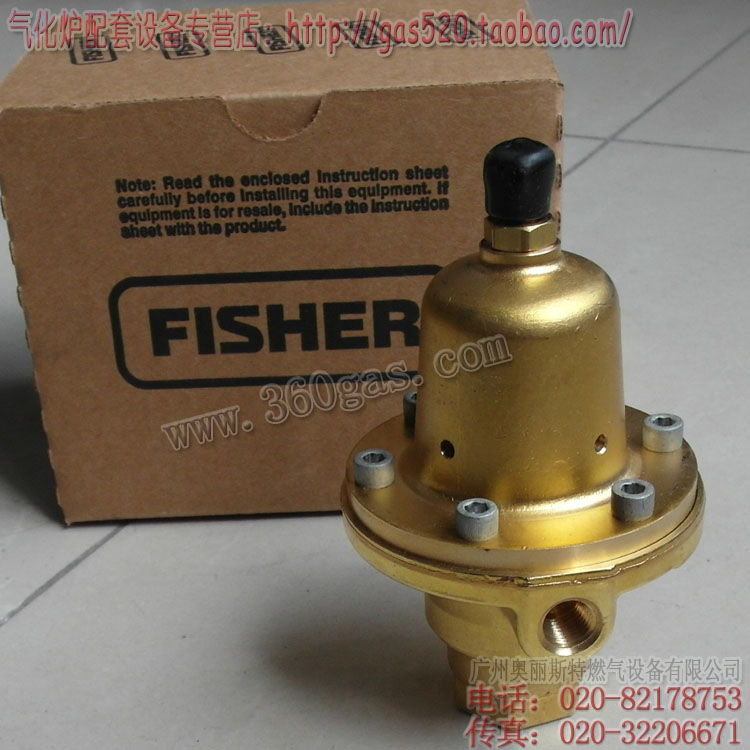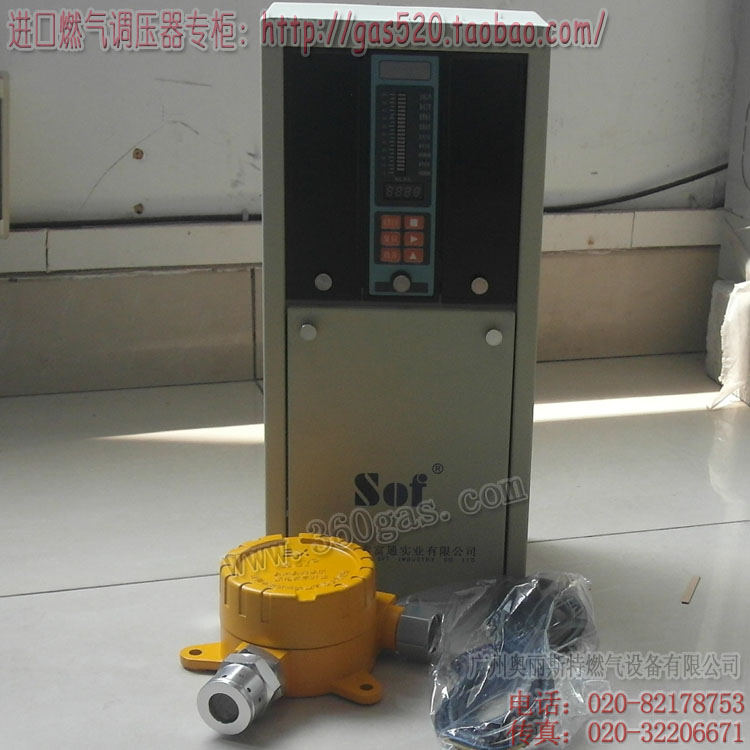位置:首页 > 燃气资讯 > Sanmar Completes F
Sanmar Completes First Tug with Rolls-Royce LNG Engines
浏览次数 782 , 日期 2013-10-12 , 燃气设备 加入收藏
Turkish tugboat building specialist Sanmar Shipyard, has celebrated the completion of the first of two tugs for Norwegian customer Buksér og Berging, which each feature two Rolls-Royce Bergen C26:33L6PG engines fueled purely by liquefied natural gas (LNG). The first boat, named Borgøy, will enter service next month following a series of sea trials. The new tugs are said to be the world’s first LNG powered escort tugs.
The Rolls-Royce propulsion package includes the gas tank and supply system and two of the latest design US35 azimuth thrusters that ensure the tugs have rapid manoeuvring and positioning capabilities – essential for tug operation. Integrated with the Rolls-Royce system is an LNG system designed by AGA Cryo.
The tug measures 38m in length with a beam of 14.5m and will have a bollard pull of 65 tonnes. It is asserted that up to 20 per cent higher thrust will be obtained with only a very small fraction of the polluting emissions when compared to conventional equivalents.
It will be operated by Norwegian state oil company Statoil at its Kårstø gas terminal.
Neil Gilliver, Rolls-Royce, President – Merchant, said: “The completion of this vessel is highly significant for Rolls-Royce, Sanmar Shipyard and Buksér og Berging. We are extremely proud to have worked together on this successful project which heralds a new era for tug boat propulsion.
“Gas is gaining in popularity as a maritime fuel, and its environmental credentials, combined with lower costs are seeing many operators select it over traditional fuels, across a range of ship types.
“Most of the world’s tug fleets operate close to shore, where emissions regulations are most stringent. As LNG becomes more widely available, I have no doubt that many major ports will soon opt for this clean, lower cost and smoke-free fuel to power their tugs.”
Sanmar explains a cleaner engine room, less waste oil and no ‘switch over’ problems are amongst the operational benefits of a gas fuelled propulsion system. Other environmental benefits with the spark ignition gas engines incorporated in the new design include 92 per cent reduced NOx emissions, 17 per cent reduced greenhouse gas emissions, 98-100 per cent reduced SOx emissions and 98 per cent reduced particulates. The system is compliant with Tier III regulations.
The Rolls-Royce propulsion package includes the gas tank and supply system and two of the latest design US35 azimuth thrusters that ensure the tugs have rapid manoeuvring and positioning capabilities – essential for tug operation. Integrated with the Rolls-Royce system is an LNG system designed by AGA Cryo.
The tug measures 38m in length with a beam of 14.5m and will have a bollard pull of 65 tonnes. It is asserted that up to 20 per cent higher thrust will be obtained with only a very small fraction of the polluting emissions when compared to conventional equivalents.
It will be operated by Norwegian state oil company Statoil at its Kårstø gas terminal.
Neil Gilliver, Rolls-Royce, President – Merchant, said: “The completion of this vessel is highly significant for Rolls-Royce, Sanmar Shipyard and Buksér og Berging. We are extremely proud to have worked together on this successful project which heralds a new era for tug boat propulsion.
“Gas is gaining in popularity as a maritime fuel, and its environmental credentials, combined with lower costs are seeing many operators select it over traditional fuels, across a range of ship types.
“Most of the world’s tug fleets operate close to shore, where emissions regulations are most stringent. As LNG becomes more widely available, I have no doubt that many major ports will soon opt for this clean, lower cost and smoke-free fuel to power their tugs.”
Sanmar explains a cleaner engine room, less waste oil and no ‘switch over’ problems are amongst the operational benefits of a gas fuelled propulsion system. Other environmental benefits with the spark ignition gas engines incorporated in the new design include 92 per cent reduced NOx emissions, 17 per cent reduced greenhouse gas emissions, 98-100 per cent reduced SOx emissions and 98 per cent reduced particulates. The system is compliant with Tier III regulations.








